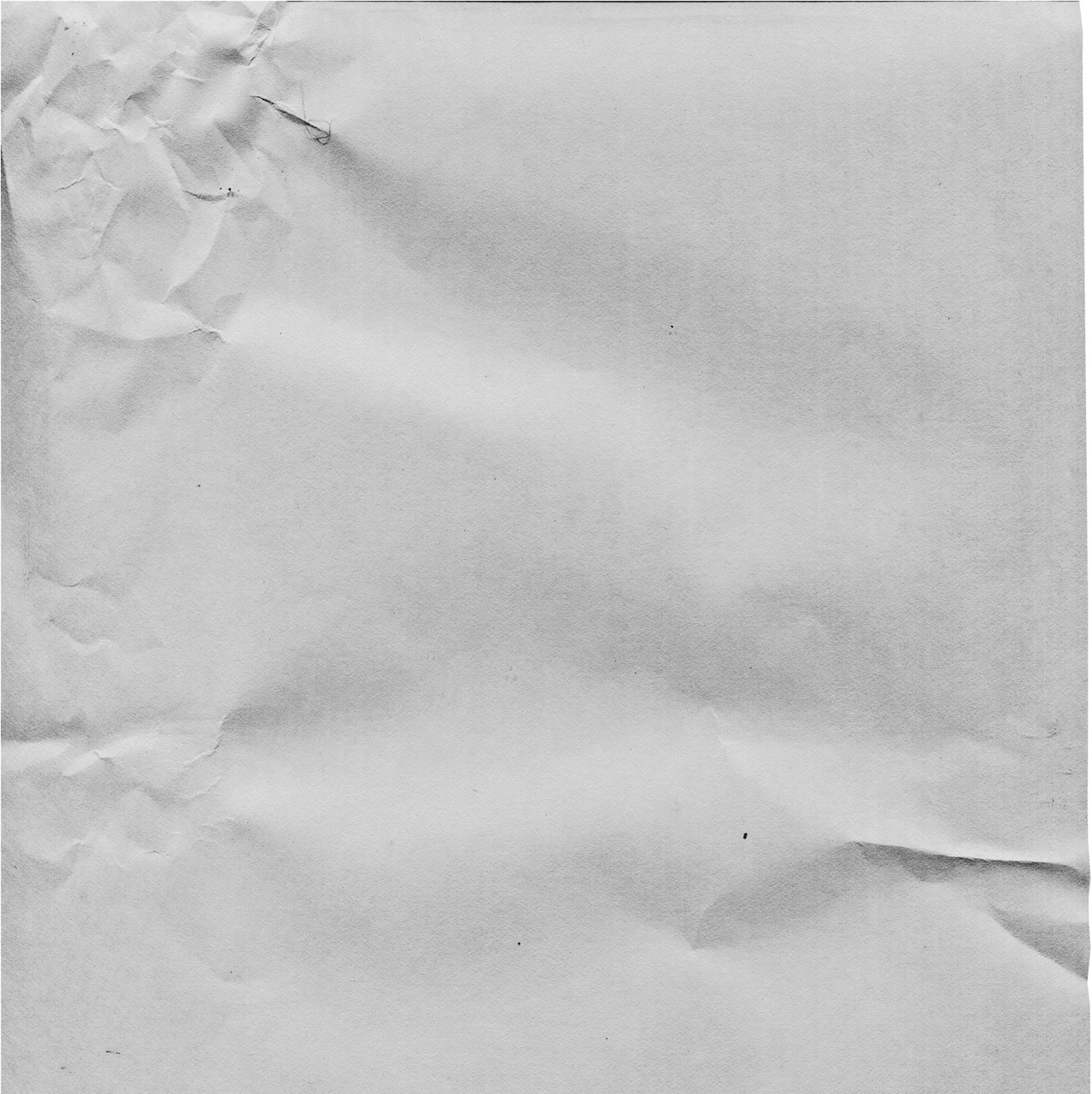One of the Plagues of Leadership is a lack of understanding of how to solve problems.
The typical train of thought goes like this. There's a Problem here. Now that we know, let's fix that problem!
I have seen this true in every industry, and the result ends up being the same.
The problem doesn't truly get fixed, and often the problem either gets worse OR new problems are created.
Example of Problems Causing MORE Problems
Perhaps the biggest problem industry with this problem would be the Pharmaceutical industry.
Look at their commercials and you can see how it plays out. Here is the problem, and we have a solution to the problem! It also has side-effect A,B,C,D..... Possible Death..... Worse Side-Effects..... etc.
And is the initial problem even solved?
No, not even remotely.
Instead, you have to keep taking the pharmaceutical solution in perpetuity. When another side-effect is created it's recommended that you take even more medications. Now, you are taking a cocktail of multiple things, all causing individual damage that you can't keep track of (and neither can the doctor).
The sad thing is there are solutions being found to these problems, with extremely well-documented (and unbiased) research proving the "problem" we see isn't the problem.
It's simply a side-effect of a more upstream, and harder-to-see, problem.
However, because all the focus is on the "easy-to-see" problem, we completely miss the REAL problem. Then, none of the problems get solved and we create more problems. This is what's wrong with focusing only on a problem, instead of asking "WHY" we have this problem.
We need to really look at the "source" of a problem before we try to fix a problem.
Example Of How You SHOULD See Problems
One of the companies I've invested in - The PANGEA Movement - is working on cleaning the world's oceans.
Most companies would look at the problem like this. There's pollution in our oceans. Let's send boats out and fix the problem!
However, this will never work.
The ocean covers 71% of the Earth.
In order to actually cover that distance with limited resources is an extremely difficult task. On top of this, it's the byproduct of a different problem, so more trash is still coming from SOMEWHERE. If you don't know where the trash is coming from, you're utilizing tremendous resources and the trash will continue to fill the ocean.
That's where PANGEA did something different.
They asked, "Where is all this trash coming from?"
When they asked this question, they figured something out. Apparently, 80% of Ocean Pollution comes from about 1,000 rivers. If you stop the pollution at these rivers, the trash never gets to the ocean, and it requires MUCH fewer resources to stop pollution at the rivers.
By looking at the source of the problem, they are having a tremendously bigger impact on achieving their goal.
In fact, 5 tons of trash are prevented from entering oceans PER MONTH through their river barrier program, and they are just getting started!
The Psychology Explained
In smarty-pants circles, this is called, "Second-Order Thinking".
Essentially, "First-Order Thinking" is the approach of the Pharmaceuticals industry. We see a problem, and immediately try to solve it. We figure out a solution, and it doesn't matter what other havoc it causes.
This type of thinking doesn't help get us to the solutions that the world needs.
Often it causes significantly worse damage than originally existed, with the US being in the top 10 unhealthiest countries in the world (even though it is one of the richest and holds about 50% of the world's pharmaceutical industry).
On the other hand, "Second-Order Thinking" is what we really need to solve problems. The PANGEA Movement is having a much higher impact because they aren't going to an impossibly large ocean hoping the problems solve themselves. Instead, they are asking, "Why is this happening?", and, "Is there a better way we can approach this?".
With Second-Order Thinking, The PANGEA Movement is actually making progress in benefitting the world.
We need MORE Leaders to start thinking like this if we are actually going to create the world we want to see.
